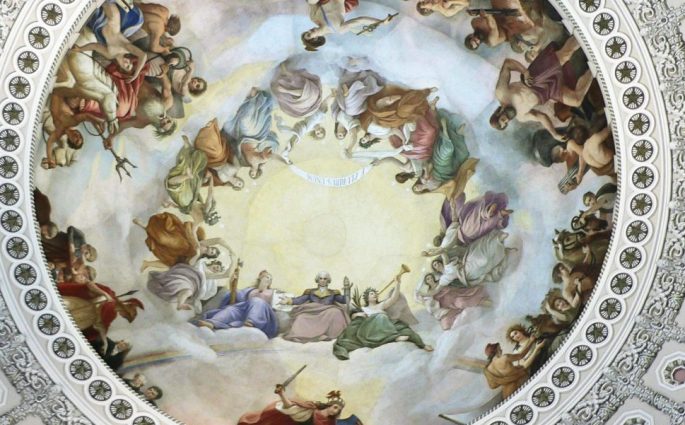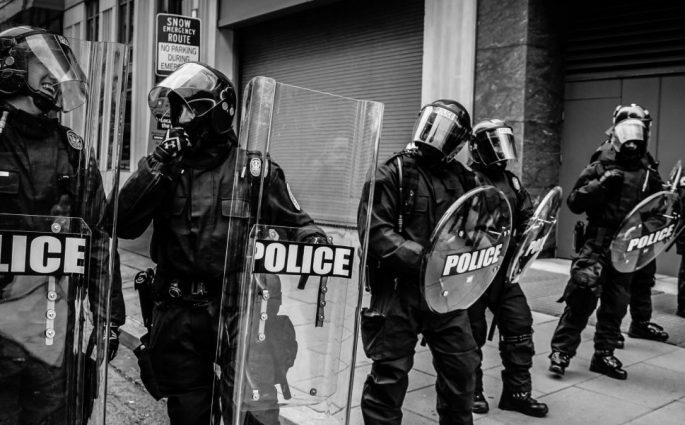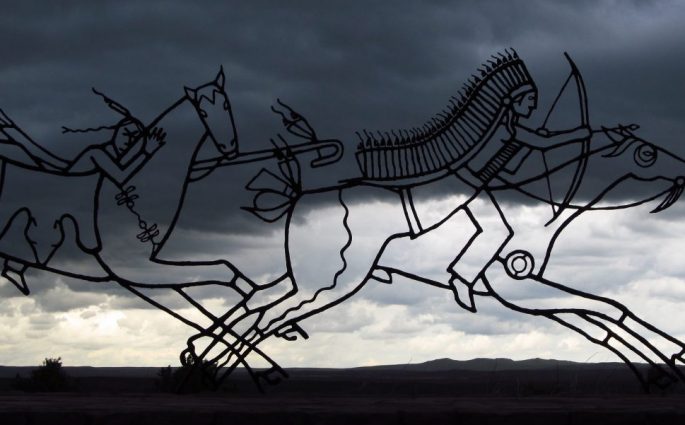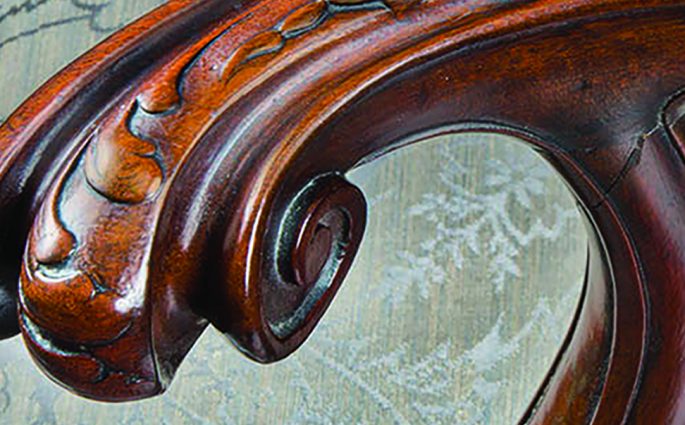Inside an Impounded Brooklyn Slave Ship with Walt Whitman
John Harris— The United States played a crucial role in the slave trade after 1850, when Brazil effectively sealed its shores to the traffic. Forced to rethink their operations, a small number of slave traders from around the Atlantic world descended on the United States, incorporating American ports directly into










